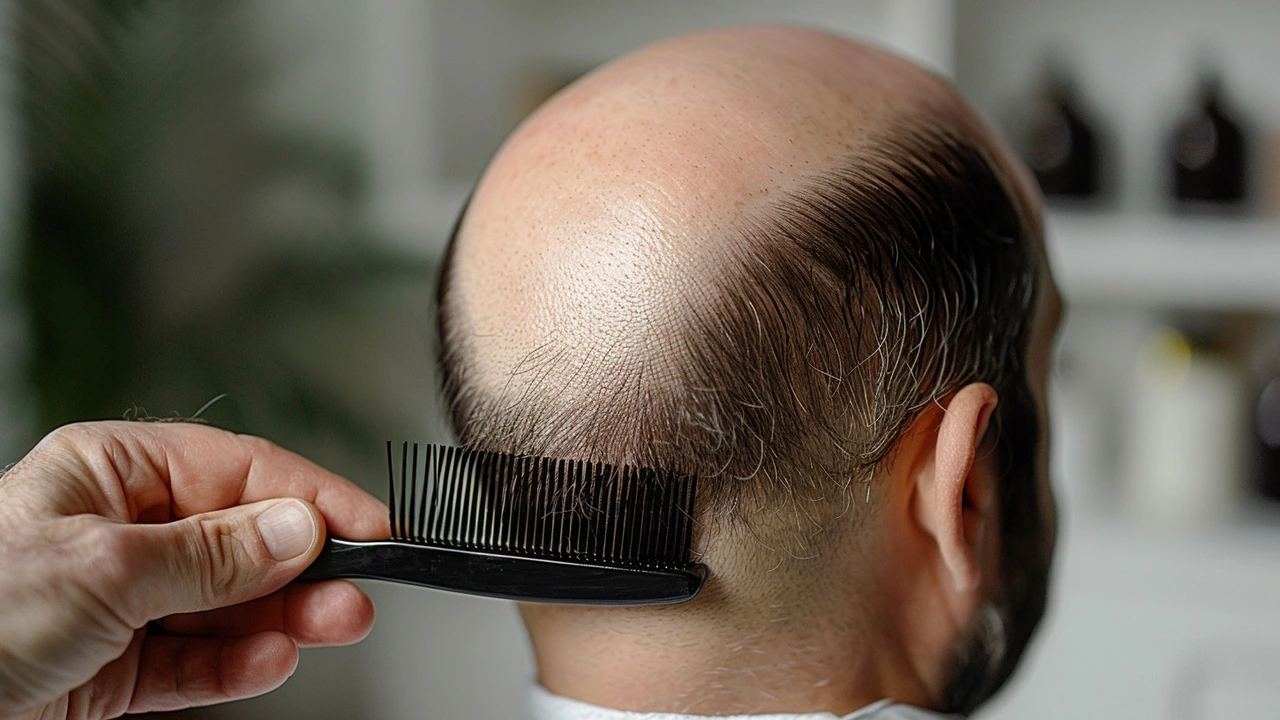Prostate Cancer: What You Need to Know
Prostate cancer is one of the most common cancers in men — about one in eight will be diagnosed in their lifetime. That sounds scary, but many prostate cancers grow very slowly and never cause problems. The challenge is deciding who needs testing and who can safely skip it.
Who’s at higher risk? Age is the biggest factor: risk rises after fifty and climbs sharply after sixty five. Family history matters — a father or brother with prostate cancer roughly doubles your risk. Black men face higher rates and often more aggressive disease. Certain gene changes such as BRCA1 or BRCA2 also raise risk and can affect how doctors manage screening.
How do doctors find it? Two main tools are the PSA blood test and the digital rectal exam, or DRE. PSA measures a protein the prostate makes; levels rise for many reasons besides cancer, including infection and benign enlargement. DRE lets a doctor feel the gland for hard spots. Neither test is perfect; both can prompt further testing like MRI and biopsy that may not always be needed.
Screening: the trade-offs
Screening can catch cancers early, which helps in some cases. But it also causes overdiagnosis — finding tumours that would not cause harm during a man’s life. Overdiagnosis often leads to biopsies, anxiety, and treatments that carry risks. Talk with your doctor about your personal risk, life expectancy, and how you weigh potential benefits versus harms. Many guidelines suggest starting a shared decision around age fifty for average risk, earlier at forty five or forty for higher risk.
Treatments and side effects
Treatment depends on cancer grade, stage, your age, and general health. For low-risk disease, active surveillance is common: regular PSA tests, periodic MRI, and targeted biopsies when needed. For higher risk or growing tumours, options include radical prostatectomy (surgery), external beam or brachytherapy radiation, hormone therapy to block testosterone, and sometimes chemotherapy or advanced targeted drugs. Side effects differ by therapy. Common issues include urinary leakage, frequent urination, bowel irritation after radiation, and erectile dysfunction. Many men improve with time and rehab options like pelvic floor exercises, medications, or devices.
Practical steps and questions
If you are worried or due for screening, bring this to your doctor. Ask about the likely course if PSA is high, what an MRI and targeted biopsy would involve, and whether genetic testing makes sense. Note symptoms such as weak urine flow, blood in urine, bone pain, or unexplained weight loss — these need prompt evaluation. Lifestyle choices also help: exercise, a balanced diet rich in vegetables, maintaining healthy weight, and quitting smoking improve overall outcomes.
Support and next steps
Get information from reputable cancer centers and urology groups. Consider a second opinion before major treatment. Support groups and counsellors help with decisions and coping. With clear facts and a team that listens, you can choose the path that fits your health and life goals. Ask about fertility and sexual side effects early too.

Finasteride's Broader Impact: Beyond Hair Loss to Prostate Cancer Prevention
A groundbreaking study by Harvard Medical School indicates finasteride, a drug primarily used for treating male pattern baldness, may also substantially reduce prostate cancer risk among men. This discovery hints at significant health advantages beyond mere hair regeneration.
- Health and Wellness (58)
- Drug Information (45)
- Pharmacy Information (19)
- Medical Conditions (17)
- Supplements (4)
- Diabetes (3)
- Travel Health (2)
- Parenting (2)
- Mental Health (2)
- Heart Health (1)
-
Breaking the Cycle: Sarcoptes Scabiei and Social Stigma
22 Jan 2025 -
Inactive Ingredient Interactions in Generic Medications: What You Need to Know
25 Dec 2025 -
Understanding Pharyngeal Mucous Membranes and their Link to Post-Nasal Drip
15 May 2024 -
Pharmacy Reimbursement Models: How Laws Shape Generic Drug Payments
16 Nov 2025 -
Dental Prophylaxis for Children: Establishing Good Oral Hygiene Habits Early
27 Jun 2023

22.03.24
Alistair Mukondiwa
16